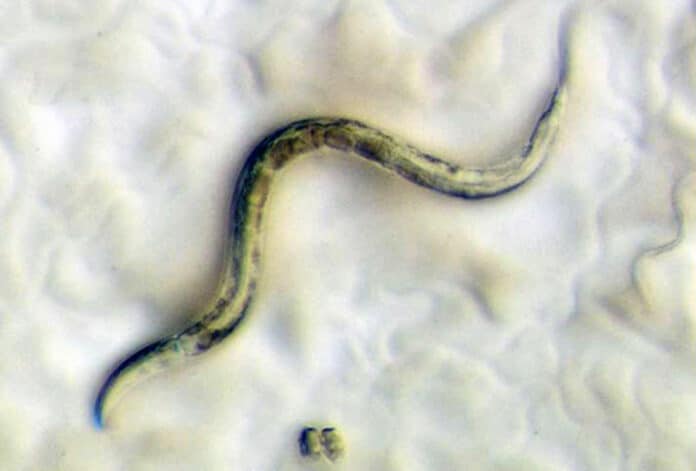Mitochondrial dysfunction plays a central role in aging, but the exact biological causes are still being determined. In aging research, scientists from the University of Washington School of Medicine reported an experimental approach that slowed the rate of physical decline and lengthened the lives of roundworms commonly used in biological studies, C. elegans.
Roundworms, which have an average lifespan of just two to three weeks, are frequently used in studies on aging. This means that it is usually possible to receive study results swiftly. Scientists in this study were keen to determine the role of mitochondrial dysfunction on roundworm aging and whether some of this deterioration could be stalled or reversed.
Numerous essential functions of these cellular organelles, such as the synthesis of energy molecules, immunological signaling, and genetic regulation, are driven by the mitochondrial membrane potential.
Scientists noted, “Decreased mitochondrial membrane potential is an attractive explanation for the complex dysfunctions of aging. However, it is unclear if lessening of the mitochondria voltage potential is a cause or a consequence of cellular aging.”
The study employed a method known as optogenetics, which precisely controls a cell’s biological process through light to achieve the elusive goal of verifying causality. Using a light-activated proton pump, they were able to specifically increase the mitochondrial membrane potential in the cells of adult roundworms. This device was known as “mitochondria-ON.”
The transparent bodies of roundworms and the ability of all of their cells to be seen under a microscope make this method particularly effective.
The juvenile worm populations developed for this study were kept in complete darkness from the time of their conception until the first day of adulthood. They were then subjected to the test conditions.
The scientists’ three different strains of roundworms experienced several age-associated indicators of aging reversed by the optogenetics method, which also reproducibly increased the treated worms’ lifetime compared to untreated worms.
Scientists noted, “In the roundworms, we were able to show that harnessing the energy of light to increase mitochondrial membrane during adulthood experimentally is sufficient to slow the rate of aging.”
“Roundworms, like people, tend to have more trouble moving as they age. Despite their growing older, the mitochondria-ON activation improved the thrashing rate of worms placed in liquid.”
“Those results appear to suggest that age-related physiologic decline in the roundworms might be improved by directly reversing the loss of mitochondrial voltage potential that occurs with the passage of time.”
Journal Reference:
- Berry, B.J., Vodičková, A., Müller-Eigner, A. et al. Optogenetic rejuvenation of mitochondrial membrane potential extends C. elegans lifespan. Nat Aging (2022). DOI: 10.1038/s43587-022-00340-7
